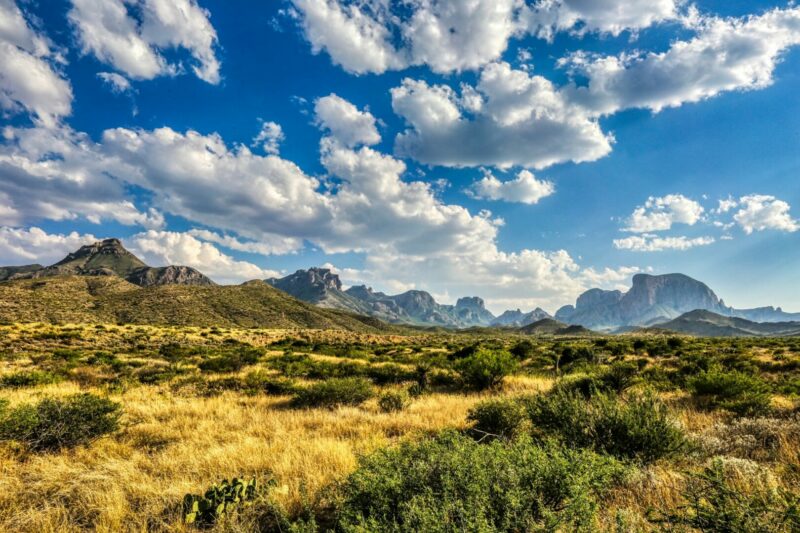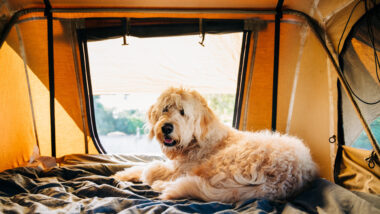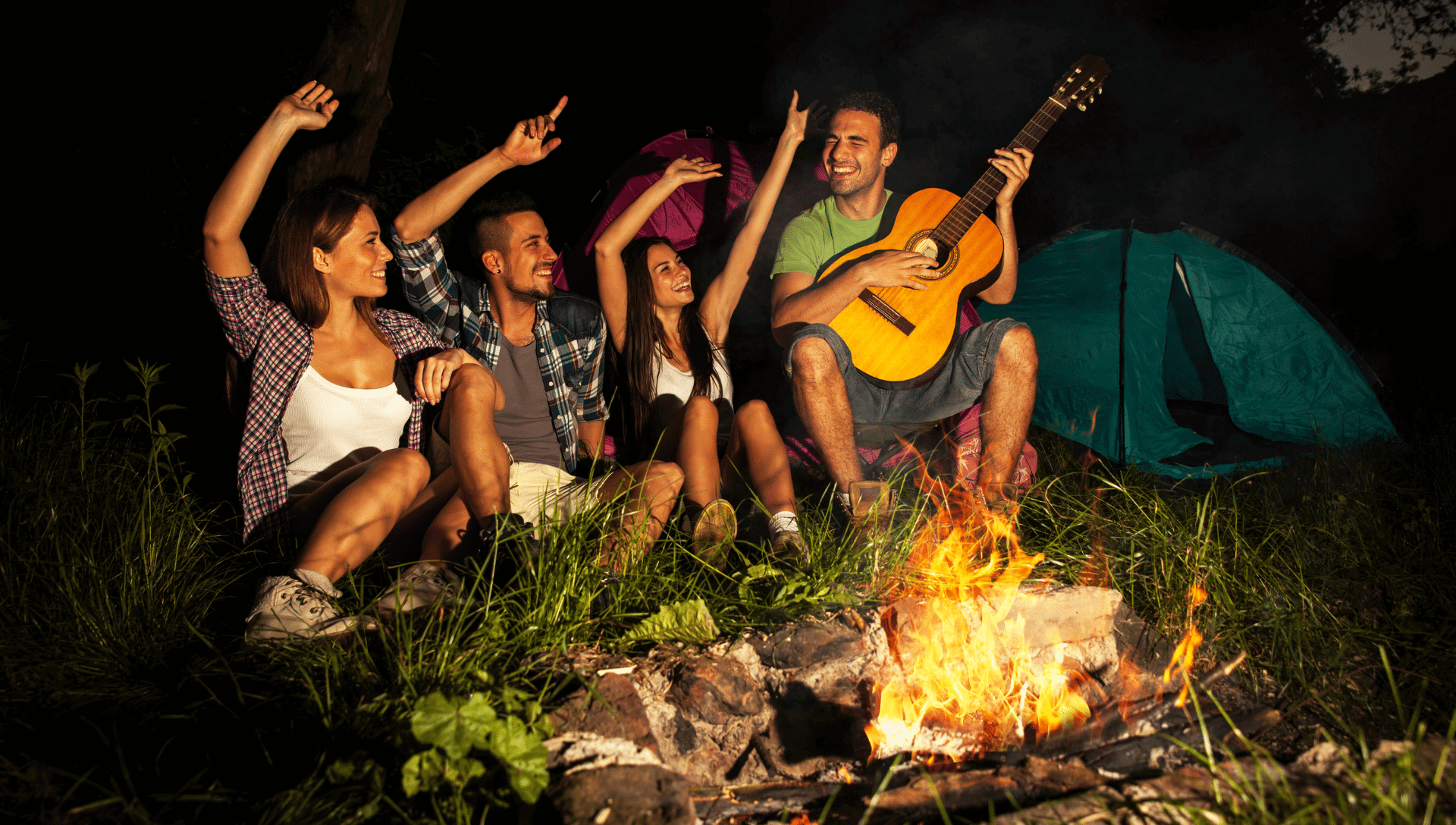Table of Contents Show
Texas is enormous — you don’t need us to tell you that. And with its massive size and reputation for wide-open spaces, you might be looking forward to a night under the stars at a free Bureau of Land Management camping site. But you may be shocked that there’s very little BLM land in Texas for camping.
Let’s explore this geographical oddity and how it came to be.
Is There Any BLM Land in Texas?
Yes, but not nearly as much as you’d think. Even compared to smaller western states like Nevada and Idaho, just a fraction of Texas has public ownership. The federal government owns less than 2% of the state, and only a portion falls under BLM control. That’s compared to Nevada, which is nearly 85% federally owned, or Idaho and Alaska, both in the low 60s percentage-wise.

Why Is There No BLM Land in Texas?
The lack of BLM land in Texas goes back to Texas’ entrance to the union in 1845. At the time, the Republic of Texas owned more than 225 million acres, which the soon-to-be state saw as a significant revenue generator. As a result, they demanded and successfully won the right to keep their public lands when joining the United States, unlike other territories that made the switch. Portions of public lands are now under federal control, but much remains under private or state ownership to this day.
Is Boondocking Allowed in Texas?
If, by boondocking, you’re simply referring to free or cheap dry camping in non-RV park settings, then the answer is absolutely! But unfortunately, it’s not quite as easy as pulling off the road and finding public land, like in many parts of the western United States. You’re much more likely to be trespassing in these scenarios, and many landowners don’t take kindly to this.
Keep In Mind: Remember your trip to Texas for all the right reasons and avoid these 11 mistakes people make while camping in Texas.
Where Can You Camp for Free in Texas?
If you’re a dedicated boondocker, don’t despair. There are still plenty of places in the Lone Star state to camp for free or a nominal cost, even without BLM land in Texas. Here’s a rundown of some of the best options.
1. Wildlife Management Areas (WMA)
Your best option for boondocking in Texas is in one of the state’s more than 20 Wildlife Management Areas, often referred to as WMAs. Most are in the eastern and central parts of the state but include locations everywhere from the Gulf Coast to the Big Bend area.
These dry camping sites can accommodate most small to medium RVs and trailers and may have toilets, fire rings, or picnic tables. They’re known for their beautiful natural surroundings, which is why they attract many hunters, fishers, and other outdoor lovers. While not entirely free, all of this comes with a single $12 permit. It’s hard to get a better deal than that!
The length of stay will vary, so check the rules and regulations for any WMA you’re visiting.
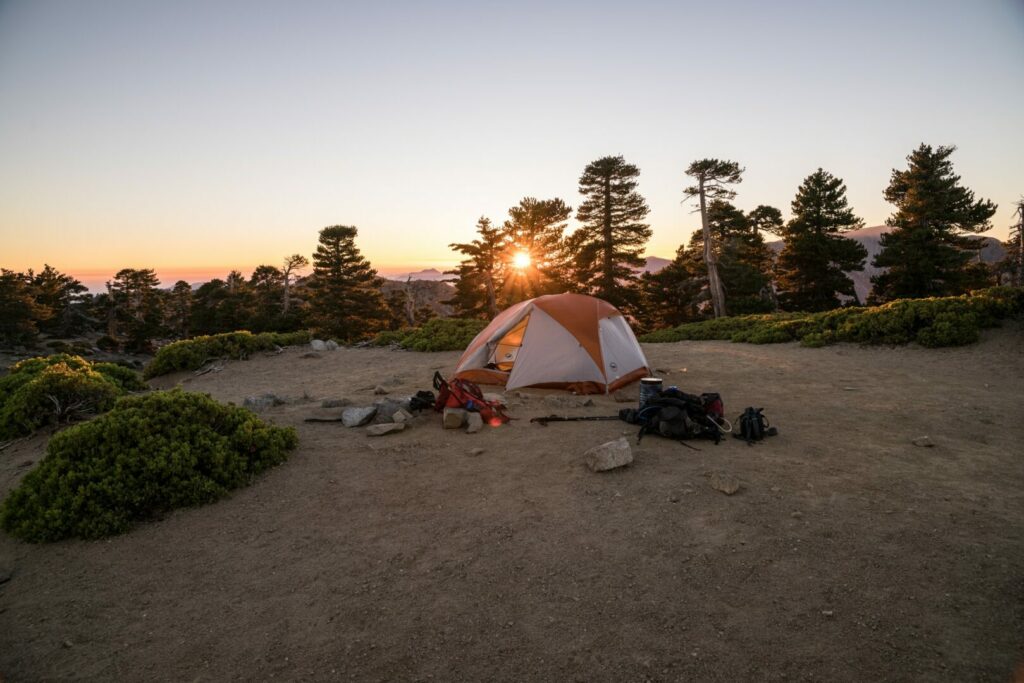
2. County Parks
Texas has more than 250 counties, which means plenty of county parks, many of which have plenty of space for free RV parking. These can range from simple parking lots near fields to gorgeous, one-of-a-kind campgrounds like Magnolia Beach along the water near Port Lavaca. Each county and park will likely have slightly different rules involving how and when you can camp, so consult county officials if you’re unsure.
3. City Parks
City parks or municipal properties can be another excellent resource in some cases. You don’t want to run afoul of any rules or laws about overnight parking. In some cases, you may need to register with the city or police department, so consult local officials before settling in.
These parks often have the advantage of being centrally located in their cities, allowing RVers who stay there easy access to shopping, dining, nightlife, and other city resources.
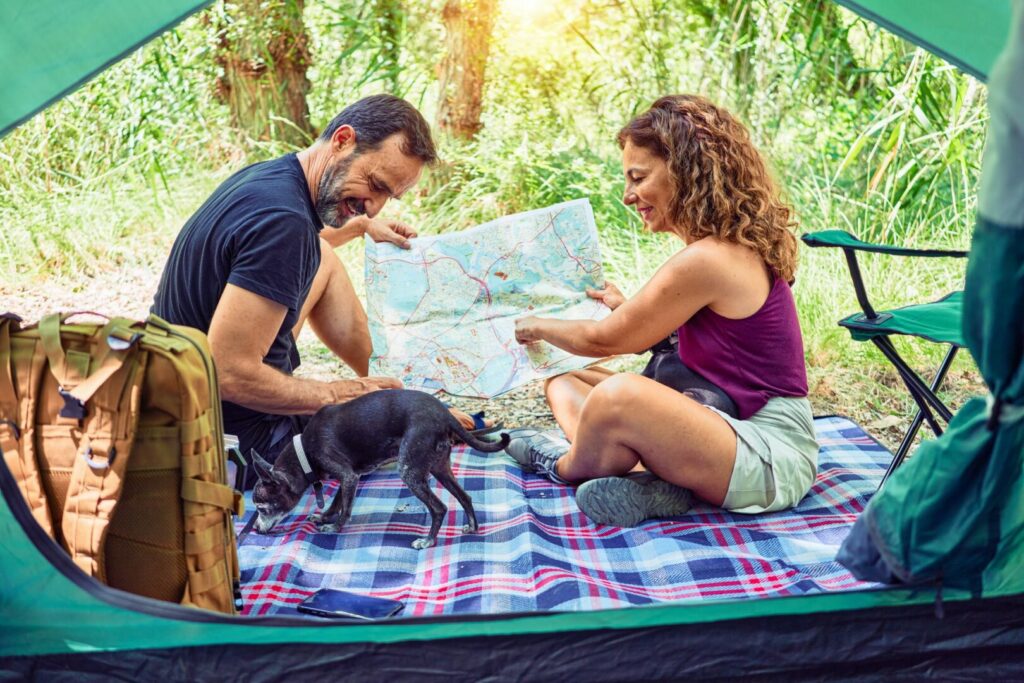
4. Overnight in Rest Areas
They may not be glamorous or scenic, but overnight rest areas can be a lifesaver when you need a safe, free place to get a few hours of sleep. Texas has various rest stops, some with amenities like climate-controlled bathrooms, wifi, play areas for kids and pets, and on-site security. Better yet, they’re along major highways, meaning you won’t lose any time getting back on the road the next morning.
By law, you can stay up to 24 hours at a rest stop. Take advantage of these no-cost places to stay, but be mindful of others by keeping your slides in and limiting or avoiding generator use.
5. Certain Campgrounds
There are even real RV campgrounds where you’ll find free camping. You’ll enjoy hookups for your rig and other amenities that you’d usually have to shell out your hard-earned money for. Often, these campgrounds limit the number of nights per camper or allow you to extend your stay for a nightly fee.
Many of these, like the Ray and Donna West RV Park in Muleshoe or Coleman Park in Brownfield, are operated by city or local governments but differ from city parks in their RV-specific design and amenities. They can be one of the most comfortable free camping choices in Texas when available.
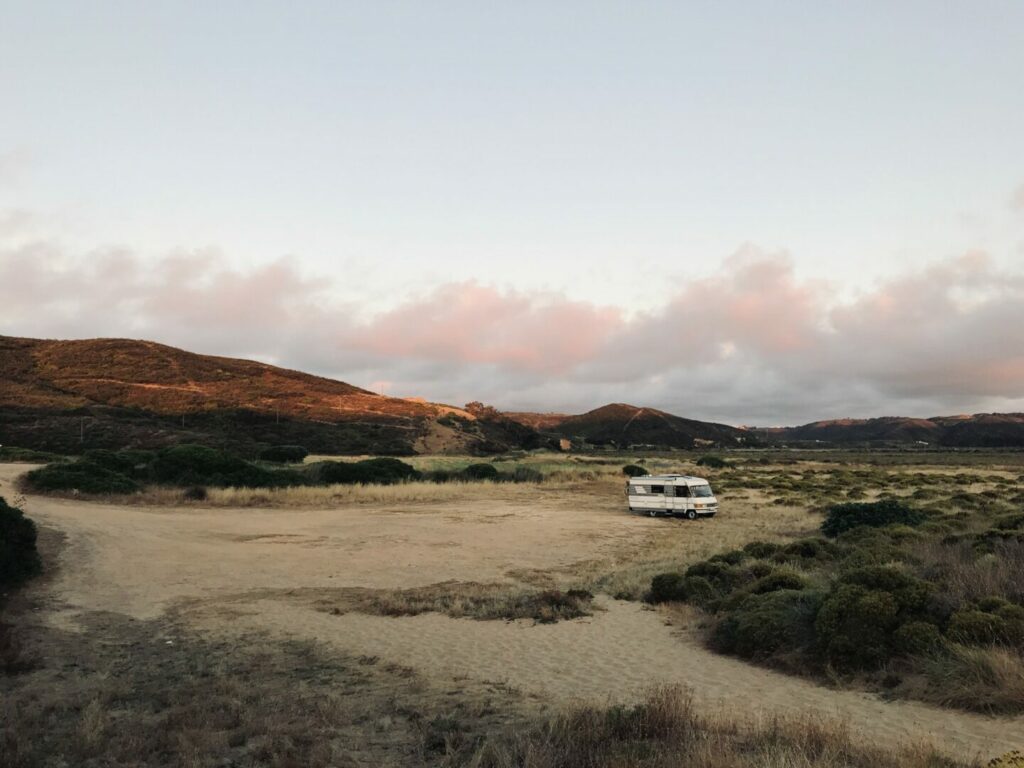
Pro Tip: From beaches to scenic overlooks, we love these 10 free camping spots in Texas →
Yes, It’s Possible to Camp for Free in Texas
If you’ve been dreaming of boondocking your way across the Lone Star state, don’t give up hope. While you may not be able to take advantage of BLM land in Texas like in much of the western United States, there are still plenty of free and cheap camping options.
Keep these resources in mind, and you’ll never be without a place to park your rig and lay your head at night, for no money out of pocket!




